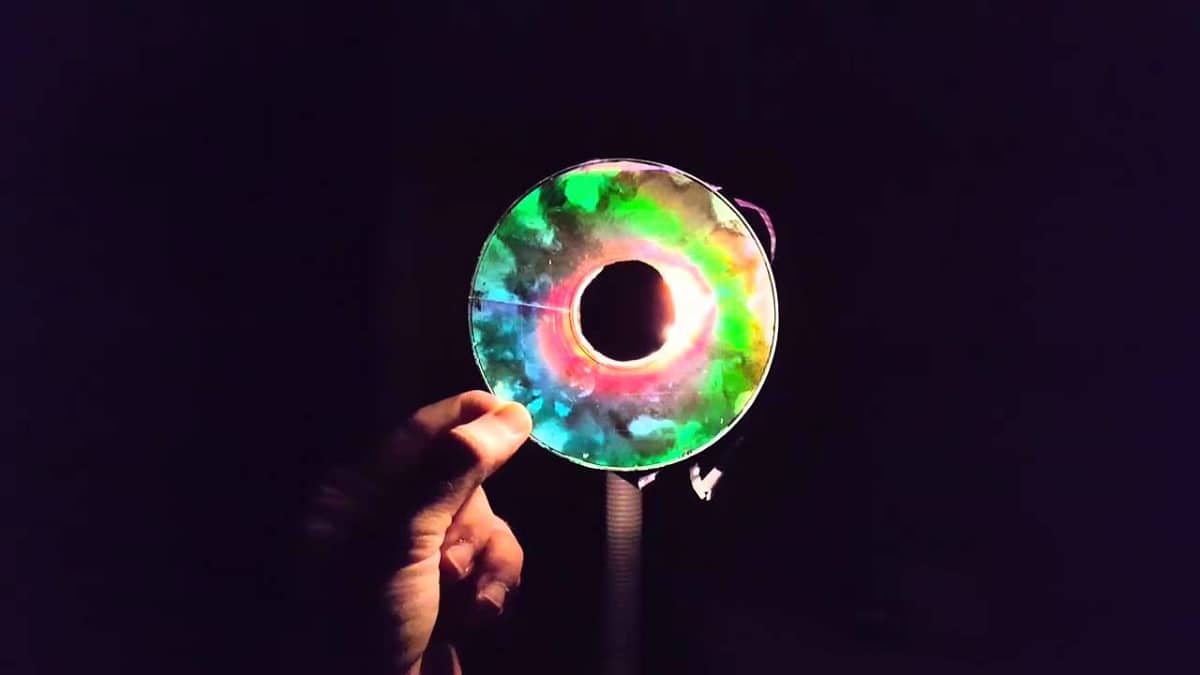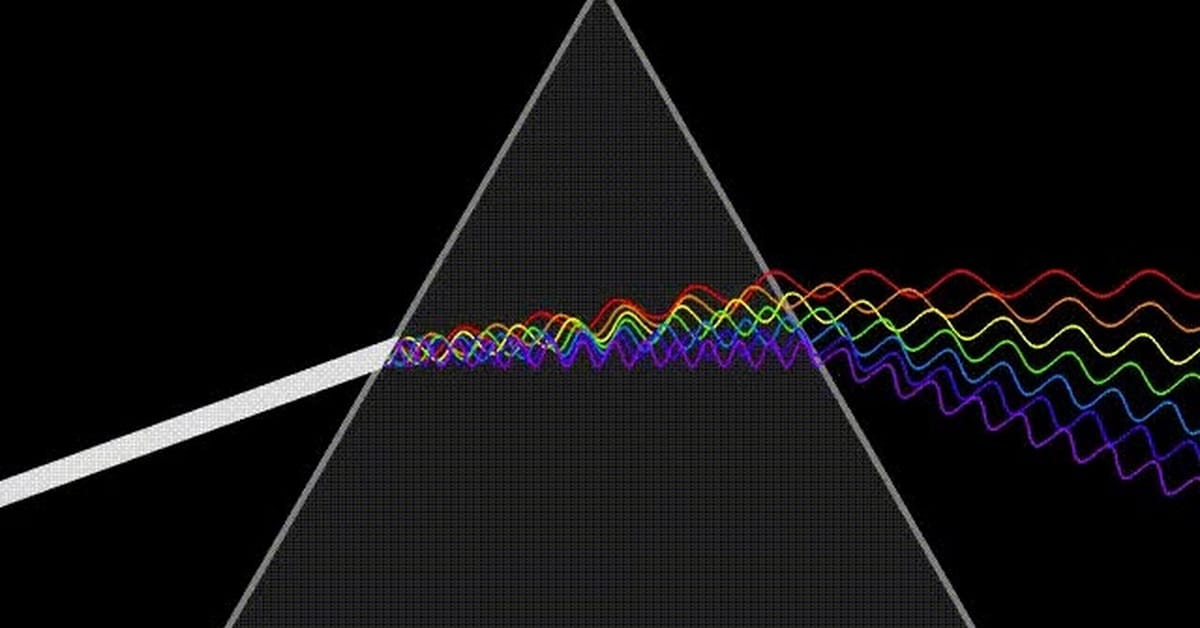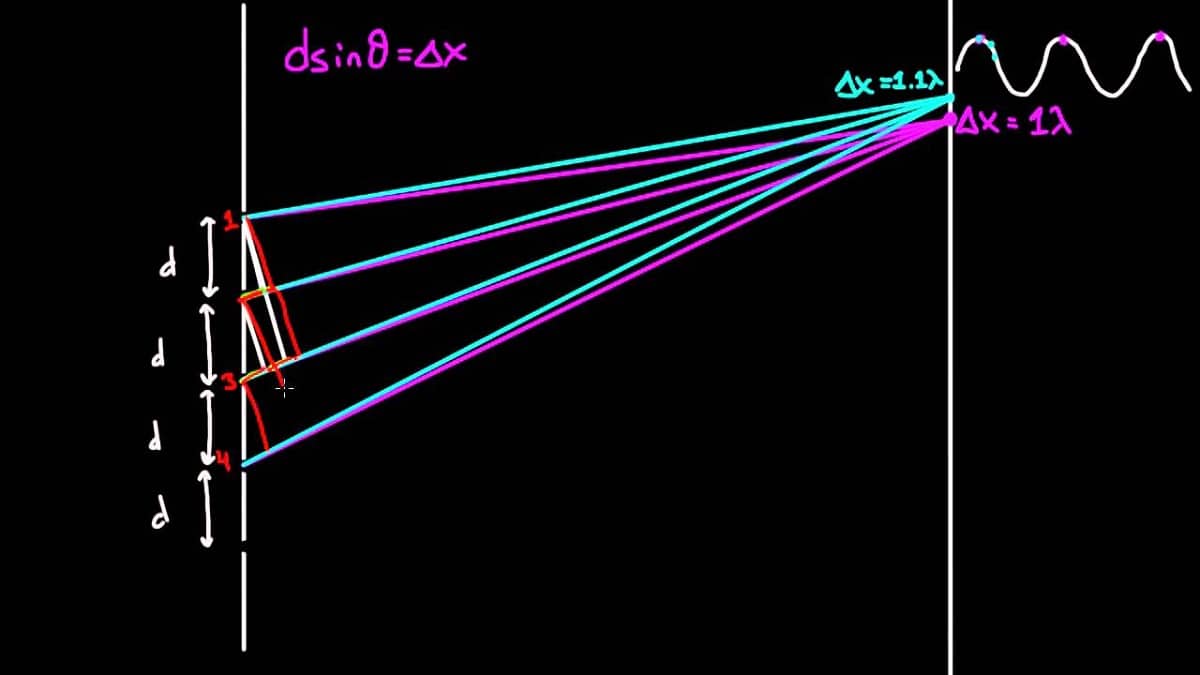
The world of physics and photography is affected by a phenomenon of light known as diffraction of light. There are many professional camera lenses that are designed to provide very good sharpness. However, although it is of very good quality, they cannot escape from this phenomenon of light.
In this article we are going to tell you what is the diffraction of light and what are its characteristics and importance.
What is diffraction of light

When light waves pass through small openings and around obstacles or sharp edges, what is called light diffraction is generated. If an object is opaque and lies between the point source of light and a screen, the boundary between the shaded and highlighted regions on the screen will not be defined. It can be seen as part of the shaded and illuminated regions are signaling small amounts of light that are diverted towards the shaded regions.
It can be said that the diffraction of light is a phenomenon that takes place when the waves that make up the light pass through a narrow hole. When this occurs, the light waves gradually form and no longer have a beam advance. Whenever we talk about a point of light we have to know what a beam of light is. This beam of light is nothing more than a "stream" where the light passes through the air. In this case, when it passes through a hole the light waves open up just like in the headlights of a car in the middle of the night because the hole is the one that acts as the new light emitter.
Diffraction of light is used in cameras to force light through a very small hole. This is used to select the amount of light that we will use to take the photograph.
Key features

The diffraction of light causes it to not be concentrated to a precise point. This phenomenon causes it to disperse, forming what is known as Airy disk. This disk is nothing more than the representation of the deformation of the light beam and the waves that are projected on a plane. In the case of photography, the plane is the camera's sensor.
The Airy album is what photography is looking for to establish a balance. You try to capture an image with a depth of field so that everything can appear well in focus. Thanks to the phenomenon of diffraction of light, the camera's diaphragm can be closed to focus more efficiently on things in a photograph. There comes a point where closing the diaphragm is when there is a general loss of sharpness. Therefore, it is important to know how the phenomenon of diffraction of light works if we want to optimize the photographs.
This phenomenon is also used in commercials to be able to generate visualizations that draw attention to the naked eye. The term diffraction comes from the Latin diffractus, which means has broken. It occurs mainly because a sling is able to go around an obstacle in its propagation, moving away from the behavior of the rectilinear rays. It must be borne in mind that the main effects of light diffraction are regularly small.
The phenomenon of distraction can be seen with the naked eye by having a light source imposing two fingers at a distance of ten centimeters from one eye, making a very small space between the fingers. It is here where we can see a series of dark lines and other light ones. The lines that can be seen are mainly caused by what is known as constructive and destructive light interference. These interferences pass around the fingers to cause this effect.
Diffraction of light and Huygens principle

The reason for what happens to interference is not entirely obvious. The scientist Christian Huygens offered an explanation for this phenomenon. The explanation is based on electromagnetic radiation and its dynamics when the re-election to the magnetic high leaves the source from which it is emitted and expands as it travels. Its expansion is carried out in a straight line as if it were covering the surface of a waiting that is in continuous expansion. The entire area of expansion of light increases proportionally to the square of the distance the radiation is traveling.
We consider that electromagnetic energy can propagate from a point source in plane waves. In this case, we not only apply the inverse square law to the power source but must also apply to any point in n a flat sling. Therefore, it can be said that the waves are considered that they are created continuously from every point in the plane and are propagated in all directions. If we reduce the area where we let the light out, the area through which the light beam travels will be reduced.
This Huygens principle was published more than 300 years ago and a new mechanism is proposed to know the propagation of light as we know it today. At this time it was considered that light traveled as waves in a kind of fictitious matter called ether and is supposed to fill the entire space. Each particle of ether that vibrates was seen as the origin of new waves. The spherical waves belonging to the initial light diffraction originate from a point source and are partially obscured by an infinite screen S.
The movement of light waves is defined by a speed in the cone limited by the opening of the screen. The aperture of the screen is known as the surface through which light can escape. This principle is used to approve the laws of reflection of refraction of plane waves. Huygens' principle is relevant to optical geometry and is valid for extremely small wavelengths. On the other hand, we cannot use it to explain all the phenomena that exist of light waves. For example, it does not serve to explain the deflection of waves from a rectilinear propagation of light rays when passing through the edge of an object or through small openings.
I hope that with this information you can learn more about the diffraction of light.